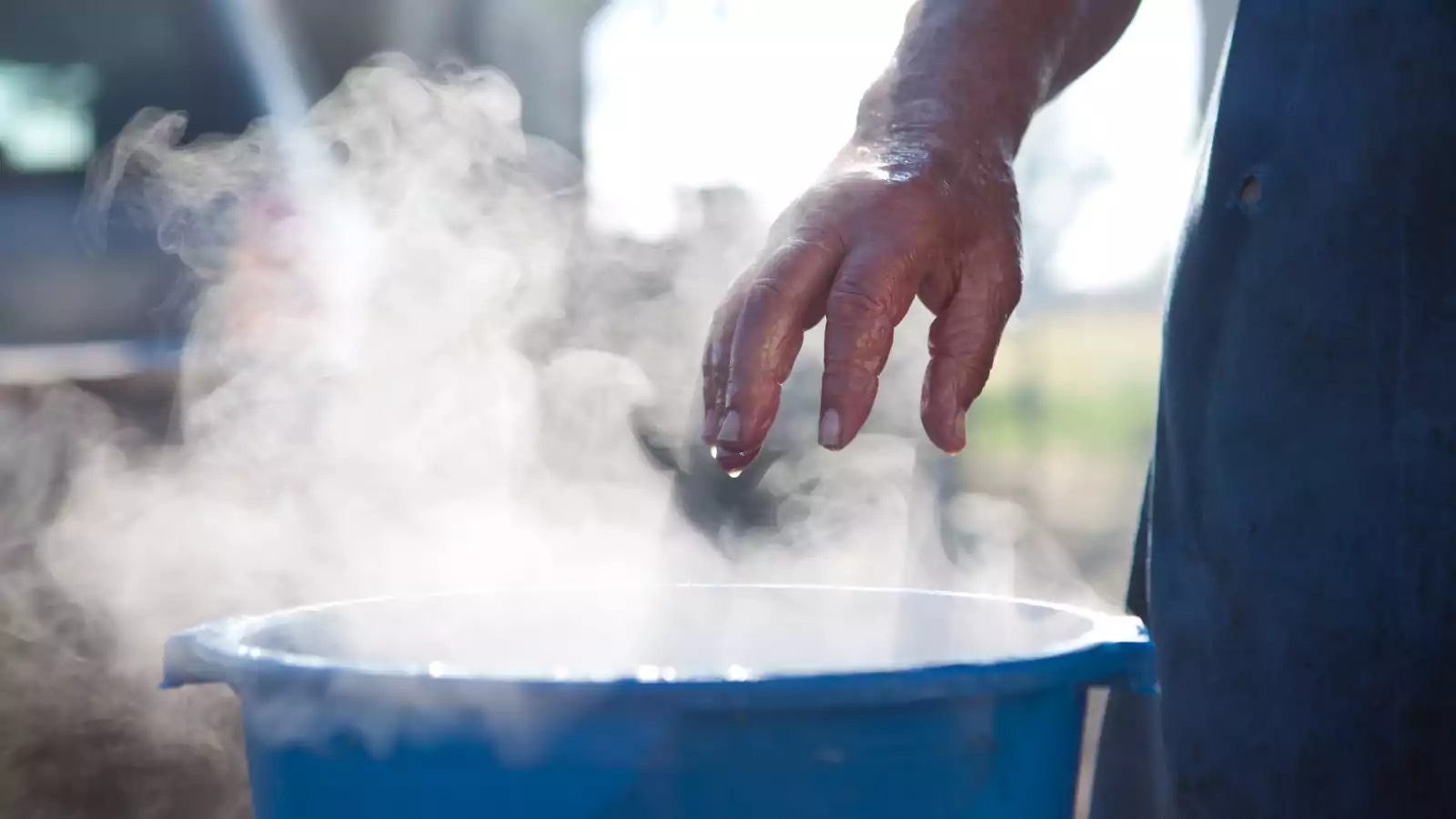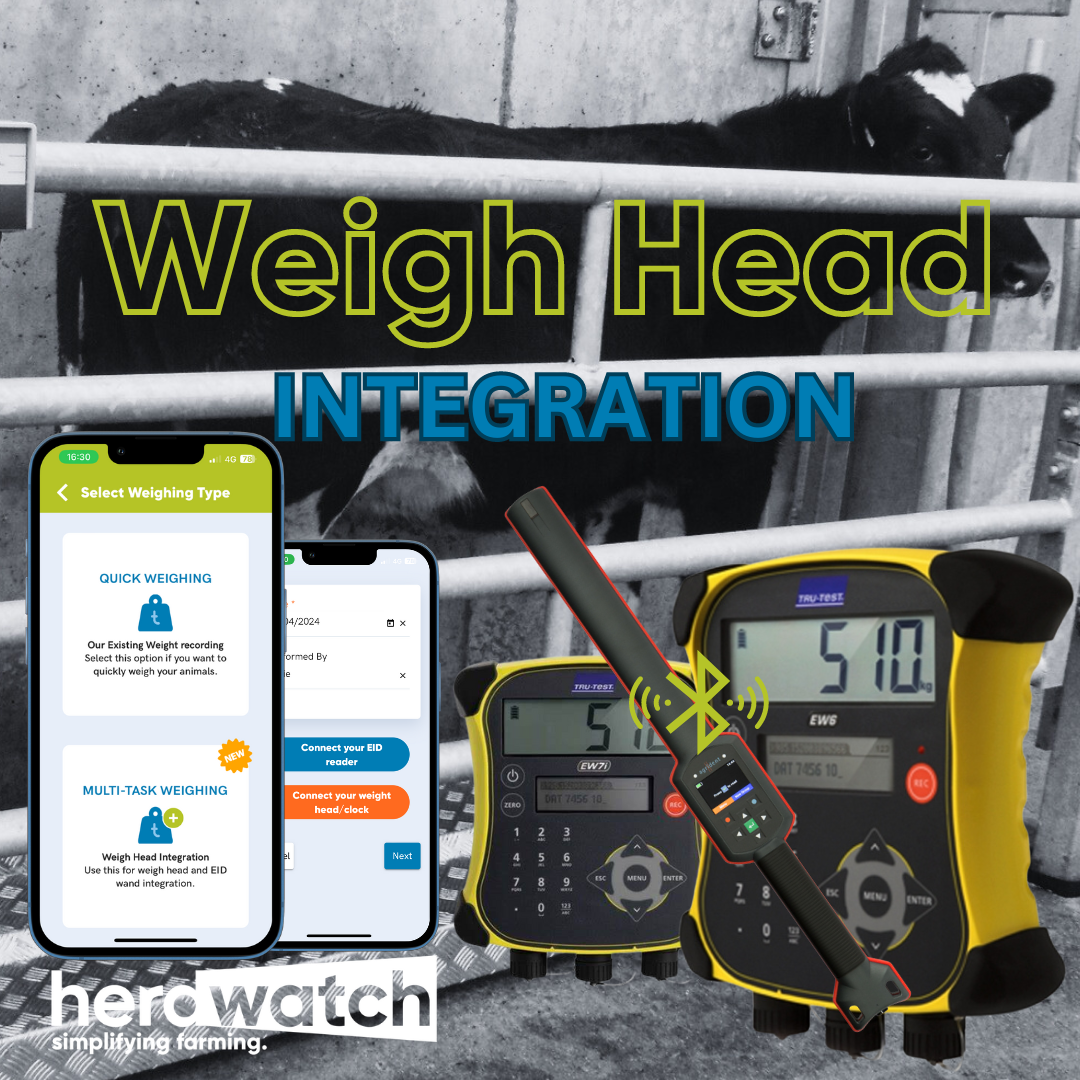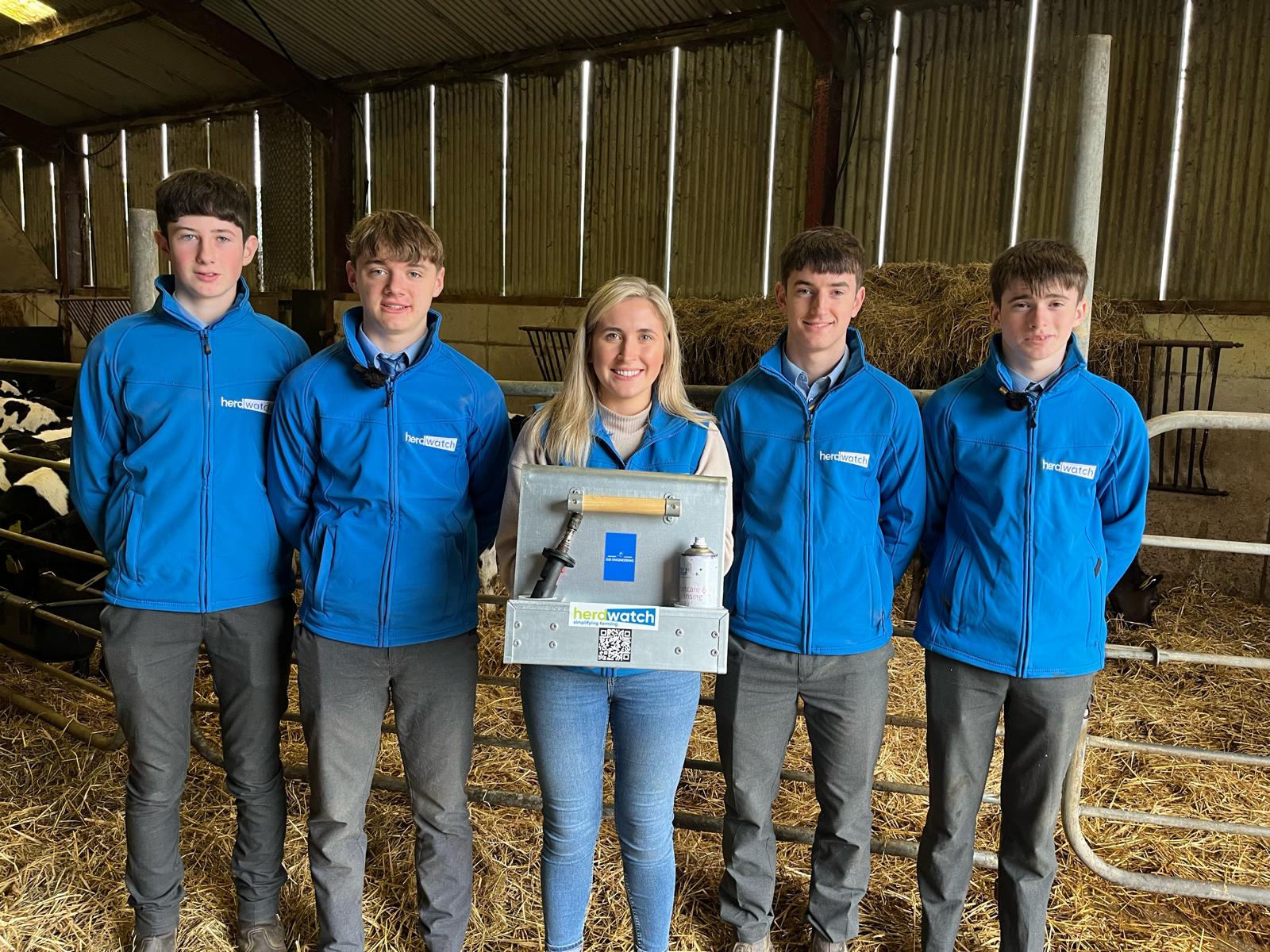Lean Farming Principles and Spring Management.

For most farmers, Springtime is one of the busiest periods on farm.
In the last number of years, the Lean principles from the automotive industry have made their way into other industries including agriculture. In this article we will look at the principles of lean farming and how they can be applied to your farm this Spring.
What is Lean Farming?
Lean farming refers to the application and implementation of tools, methodologies, and practices to improves performance and efficiencies in the business. The goal of lean arming in agriculture is to maximize efficiency and minimize waste in all aspects of the farming process.
It is inspired by the principles of lean manufacturing, which is a production method that seeks to eliminate waste and improve efficiency in manufacturing operations. In lean farming, farmers focus on identifying and eliminating waste in their operations, including overproduction, time wastage, excess inventory, unnecessary routines, unnecessary processing, and underutilised resources. By doing so, they can reduce costs and increase profitability, while also improving sustainability and reducing environmental impact.
Lean farming techniques can be applied to a wide range of farming operations, including crop production, livestock farming, and horticulture.
Benefits of Lean Farming
According to consultant Susanne Pejstrup of LeanFarming, when lean farming principles are applied on farm, work efficiencies can improve by up to 20%.
In Ireland, Dairygold Co-operative, implemented a pilot programme, Leanfarm, on-farm in 2017, which resulted in:
“Improved farm safety, improvements in quality, increased resource efficiency and time-saved with a reduction in stress and manual labour”
What are the Principles of Lean?
.png)
Tips for Implementing Lean
Some potential areas where lean can be applied for cattle and dairy include:
Feed management: Lean principles can be used to optimize feed management, including identifying and reducing waste in the feed supply chain and minimizing excess inventory. i.e. using feedbins for storage, keeping feed pushed up at feedfence to prevent spoiling and waste or grazing the correct covers to the ideal residual.
Milking processes: Lean techniques can be used to streamline milking processes, including identifying and eliminating bottlenecks for and reducing unnecessary extra movements of cows e.g attention cow handling.
Cow comfort: Improving cow comfort can lead to increased milk production and reduced waste, such as lower cull rates and less health issues.
Record keeping: Implementing a system for accurate and efficient record keeping can help farmers identify areas for improvement and track progress over time e.g average daily gains. Herdwatch offers an ideal solution to simplify farm paperwork.
Waste management: Lean principles can be used to identify and minimize waste in all aspects of the farming operation, including manure management and water usage and time. e.g. clean out shed regularly to prevent it becoming a monumental task.
Some potential areas of focus for sheep include:
Optimize lambing time: Consider sponging to keep lambing schedules compact, especially if outside labour is being used.
Maximize output: Use techniques such as genetic selection or embryo transfer to increase the number of lambs born per ewe, and focus on producing high-quality lambs that will be in demand in the market. Focus for 2 lambs/ewe as more than 2 will cause feeding issues for the 3rd lamb.
Minimize waste: Make use of by-products and waste as feed, and consider techniques such as precision feeding to reduce the amount of feed that is wasted.
Record keeping: Implementing a system for accurate and efficient record keeping can help farmers identify areas for improvement and track progress over time. Flockwatch offers an ideal solution to simplify farm paperwork.
Monitor and adjust: Regularly monitor the health and well-being of the ewes and lambs, and adjust management practices as needed to ensure that they are receiving the care and attention they need. e.g. administering preventative treatments before issues occur.
Use advanced technology: Consider using technologies such as precision agriculture to optimize resource use and improve the efficiency of the lambing operation e.g lambing cameras to cut down on time wasted going to the lambing shed to check for ewes lambing.
Some further examples of Lean Application
Identify areas where time can be saved. For example, if you are travelling across the yard multiple times a day what ways can you reduce this travel i.e. what jobs can you do together to save time.
Identify your current processes and areas where improvements can be made. For example- I have to bring buckets to the parlour to clean them as that’s where my hot water is could be improved by having access to hot water in the calf shed.
Plan your schedule
Plan your schedule according to the traffic light system:
Red tasks refer to daily tasks to be actions at start of the workday.
Amber tasks refer to daily tasks that can be actioned at any time of the day.
Green Tasks are tasks which can be completed later in the working week.
Understandably, due to the nature of farming unplanned issues will arise during the working day i.e. flat tractor tyre or vet call. However, having a basic plan highlighting priority tasks will maximise efficiencies on farm.
If you have more than one labour unit on farm, clearly defining tasks can help to prevent doubling up on jobs or even important jobs being missed.
How can Herdwatch and Flockwatch help?
Cut down on time spent doing farm paperwork. Typically farmers save 3 hours per week on average meeting Cross-compliance Scheme requirements with the Herdwatch or Flockwatch farm management app.
Record farm events as they happen using your smart phone tablet or PC even without internet connectivity. The app allows farmers to record events such as animal remedy usage in real-time from the Milking Parlour or the Crush, this information is the backed up the cloud when an interconnection is available which means your vital records will always be safe.
What Compliance information can I record in Herdwatch?
- Remedy Purchases
- Remedy Stock Tracking
- Animal Remedy Treatments
- Feed Purchases
- Sprays and Pesticide purchases
- Sprays and Pesticide Use
To get started with Herdwatch and Flockwatch today click on the link below:




